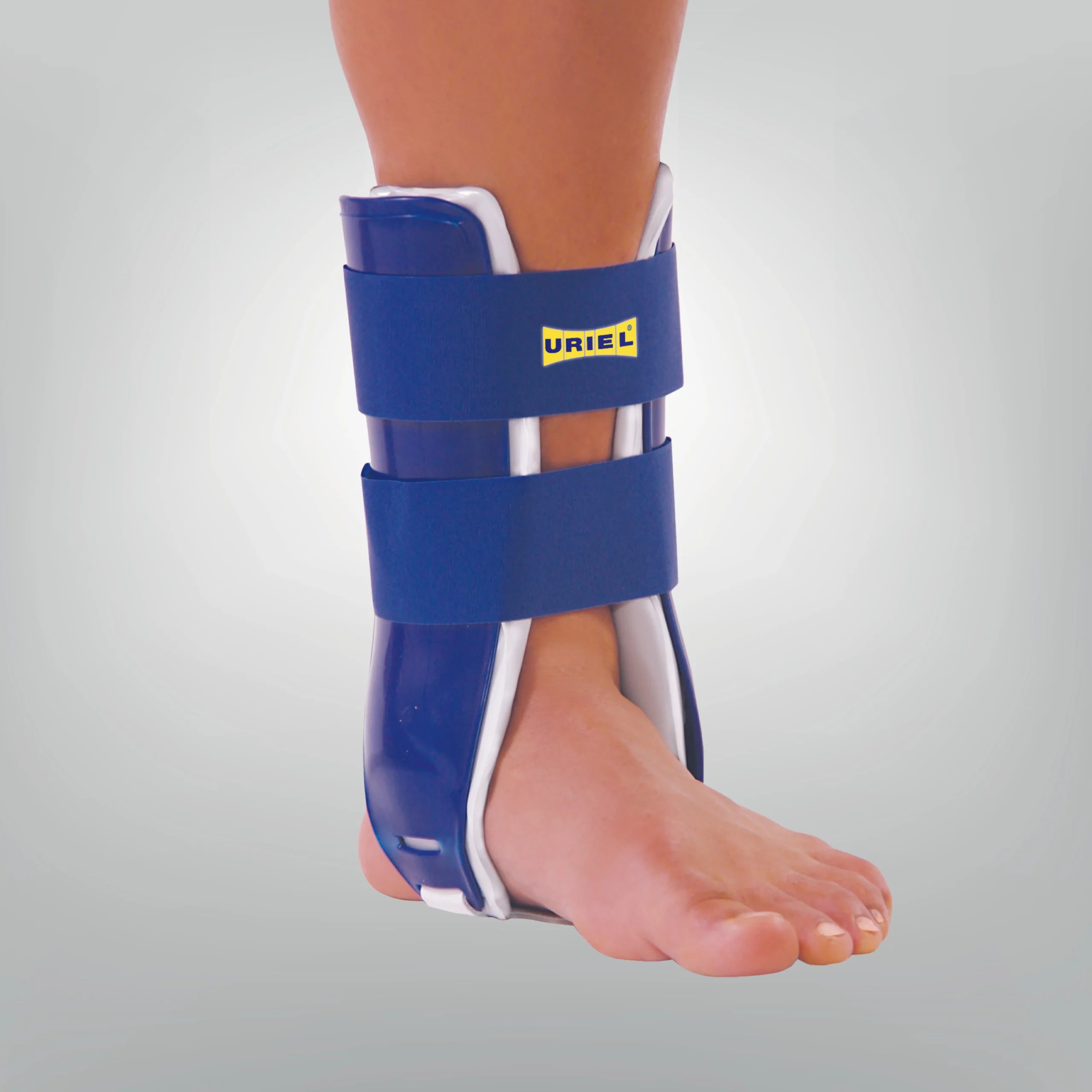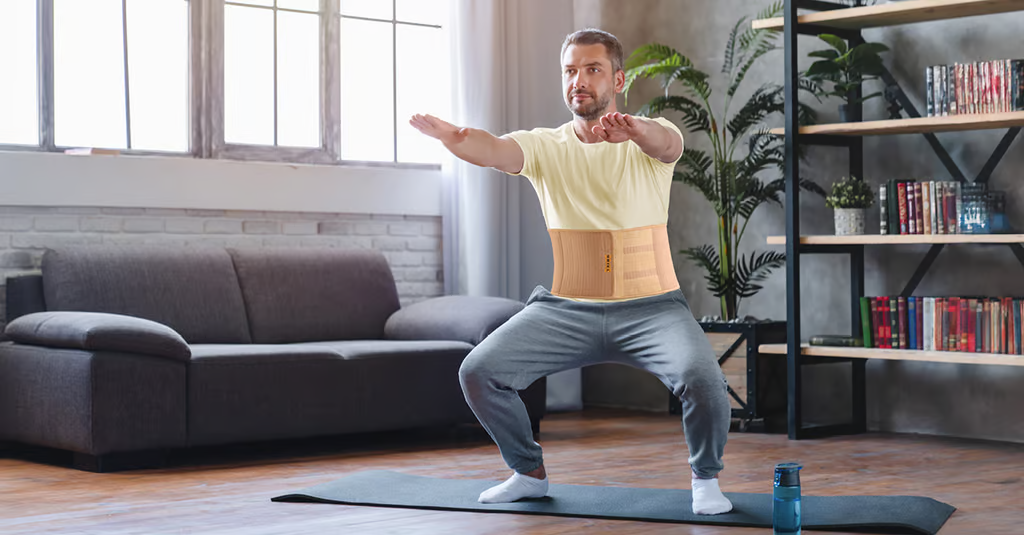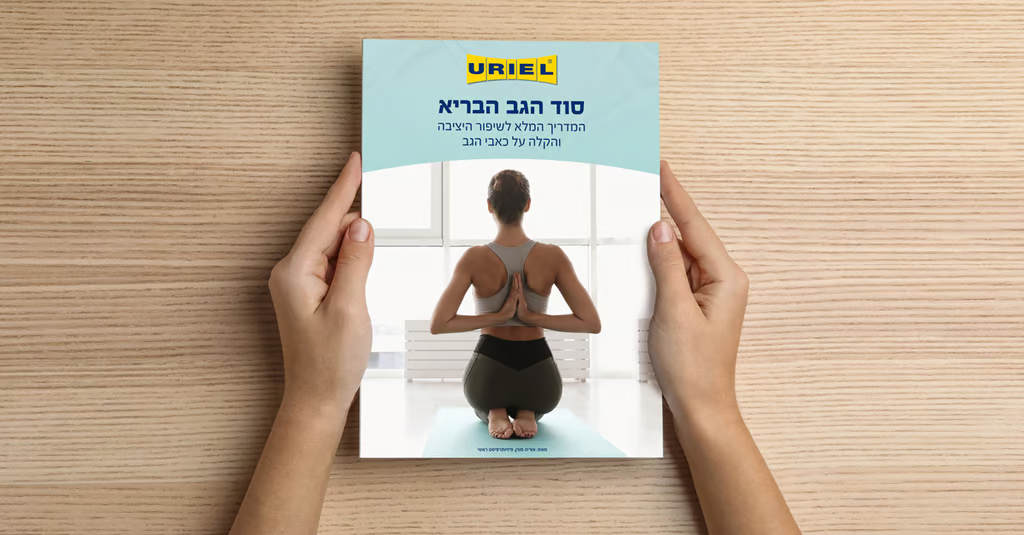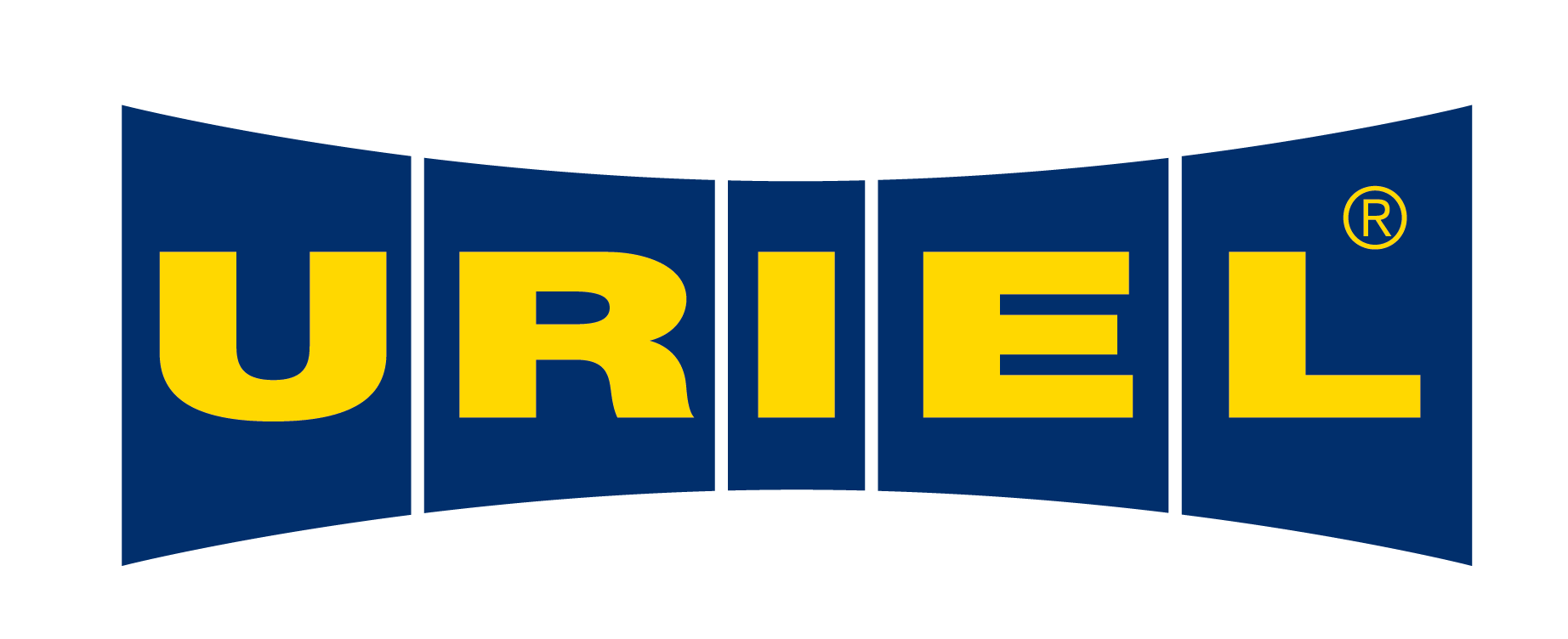
Rigid ankle brace | 333
A rigid ankle brace to stabilize the joint after an acute injury.
A rigid ankle brace for strong lateral support after an acute sprain. The rigid brace is used as treatment in the first few days after the injury. The brace stabilizes the ankle in lateral movements while allowing forward-backward movement.
Medical indications:
Acute ankle sprains
Recurrent sprains
For the reconstruction period
Ankle instability
Rupture of lateral ligaments in the ankle

Dimensions

Extended description
Product purpose:
An ankle brace is used to treat and prevent ankle injuries, high sprains, torn ligaments in the ankle area, and stabilize and support in cases of chronic instability.
Ankle stability:
An ankle sprain is a stretching of one or more ligaments. In most cases, this stretching results in macroscopic tears in the ligament, which causes a change in its elastic properties, an inflammatory process, swelling, and sometimes hemorrhage.
The rigid ankle brace supports and stabilizes the ankle joint during lateral movements, in which the lateral ligaments are stretched, thereby effectively preventing movement and protecting the sensitive ligament.
Pain reduction:
Using a rigid ankle brace helps reduce pain thanks to several features:
- Fixation of the joint that protects the injured ligament
- Wrapping pressure that reduces swelling
- The ability to return to function quickly
Planning and design:
The product is comfortable to use and can be used with or without shoes. Two anatomically designed plastic inserts act as fixations for the pronation-supination (inward and outward) movement of the ankle. The inside of the brace has two air cushions for optimal and precise adjustment to the unique shape of each foot. External Velcro straps tighten and secure the stabilizers.
Rehabilitation and recovery:
Stabilizing the ankle in the early stages is the key to a better and faster recovery. Daily use of an ankle brace allows for faster recovery.
Daily activity:
The sooner you return to activity, the faster your recovery will be. This is provided that the return to activity is done safely and gradually. Using the hard brace allows for exactly this, it gives the user self-confidence, allowing them to return to walking and operating safely and with less pain. That is, using a brace in the first few days after the injury accelerates the return from injury to function.
User manual
- It is recommended to consult a professional regarding the use of this product.
- Open the Velcro straps and insert the injured ankle between the two splints, with the heel resting on the leather connector, and the long part of the connector facing forward.
- The Velcro straps should be closed and tightened tightly enough to keep the ankle in place, but not so much that it interferes with blood flow.
- The product should be cleaned occasionally depending on the degree of use according to the instructions on the packaging.
- It is recommended to combine the use of the product with performing ankle rehabilitation exercises.
- As the ankle condition improves, the use of the rigid ankle brace can be reduced.
Our expert advice

Product purpose:
An ankle brace is used to treat and prevent ankle injuries, high sprains, torn ligaments in the ankle area, and stabilize and support in cases of chronic instability.
Ankle stability:
An ankle sprain is a stretching of one or more ligaments. In most cases, this stretching results in macroscopic tears in the ligament, which causes a change in its elastic properties, an inflammatory process, swelling, and sometimes hemorrhage.
The rigid ankle brace supports and stabilizes the ankle joint during lateral movements, in which the lateral ligaments are stretched, thereby effectively preventing movement and protecting the sensitive ligament.
Pain reduction:
Using a rigid ankle brace helps reduce pain thanks to several features:
- Fixation of the joint that protects the injured ligament
- Wrapping pressure that reduces swelling
- The ability to return to function quickly
Planning and design:
The product is comfortable to use and can be used with or without shoes. Two anatomically designed plastic inserts act as fixations for the pronation-supination (inward and outward) movement of the ankle. The inside of the brace has two air cushions for optimal and precise adjustment to the unique shape of each foot. External Velcro straps tighten and secure the stabilizers.
Rehabilitation and recovery:
Stabilizing the ankle in the early stages is the key to a better and faster recovery. Daily use of an ankle brace allows for faster recovery.
Daily activity:
The sooner you return to activity, the faster your recovery will be. This is provided that the return to activity is done safely and gradually. Using the hard brace allows for exactly this, it gives the user self-confidence, allowing them to return to walking and operating safely and with less pain. That is, using a brace in the first few days after the injury accelerates the return from injury to function.
- It is recommended to consult a professional regarding the use of this product.
- Open the Velcro straps and insert the injured ankle between the two splints, with the heel resting on the leather connector, and the long part of the connector facing forward.
- The Velcro straps should be closed and tightened tightly enough to keep the ankle in place, but not so much that it interferes with blood flow.
- The product should be cleaned occasionally depending on the degree of use according to the instructions on the packaging.
- It is recommended to combine the use of the product with performing ankle rehabilitation exercises.
- As the ankle condition improves, the use of the rigid ankle brace can be reduced.
Blog

Treating Lower Back Pain: 6 Tips to Improve Quality of Life
Suffering from lower back pain? You are definitely not alone. There are many ways to deal with one of the most common pains in the world, here are some of them. It's time to relieve the pain.

The Secret to a Healthy Back: The Complete Guide to Improving Posture and Alleviating Back Pain
Is back health important to you? Get the 'Secret of a Healthy Back' guide containing information, tips and useful advice for relieving back pain. By Oriya Moran, Chief Physiotherapist Download t...

Kinesio tape or professional elastic bandage?
Suffering from sports injuries, bruises or simply pain caused by medical problems? Get to know the variety of dressing products that will support you. When should we use kinesiology tape and why d...
